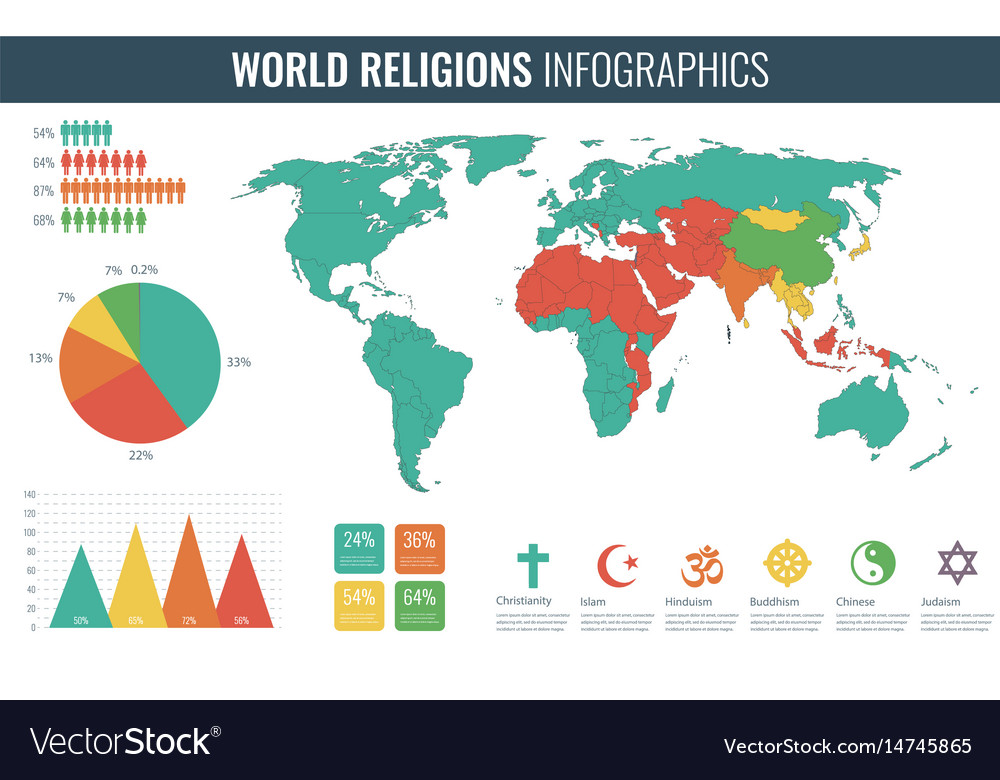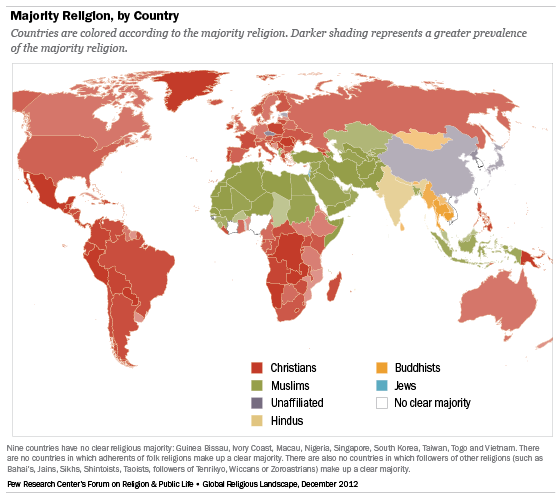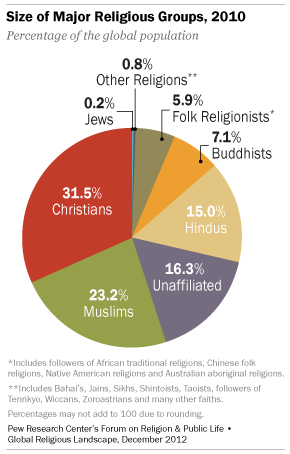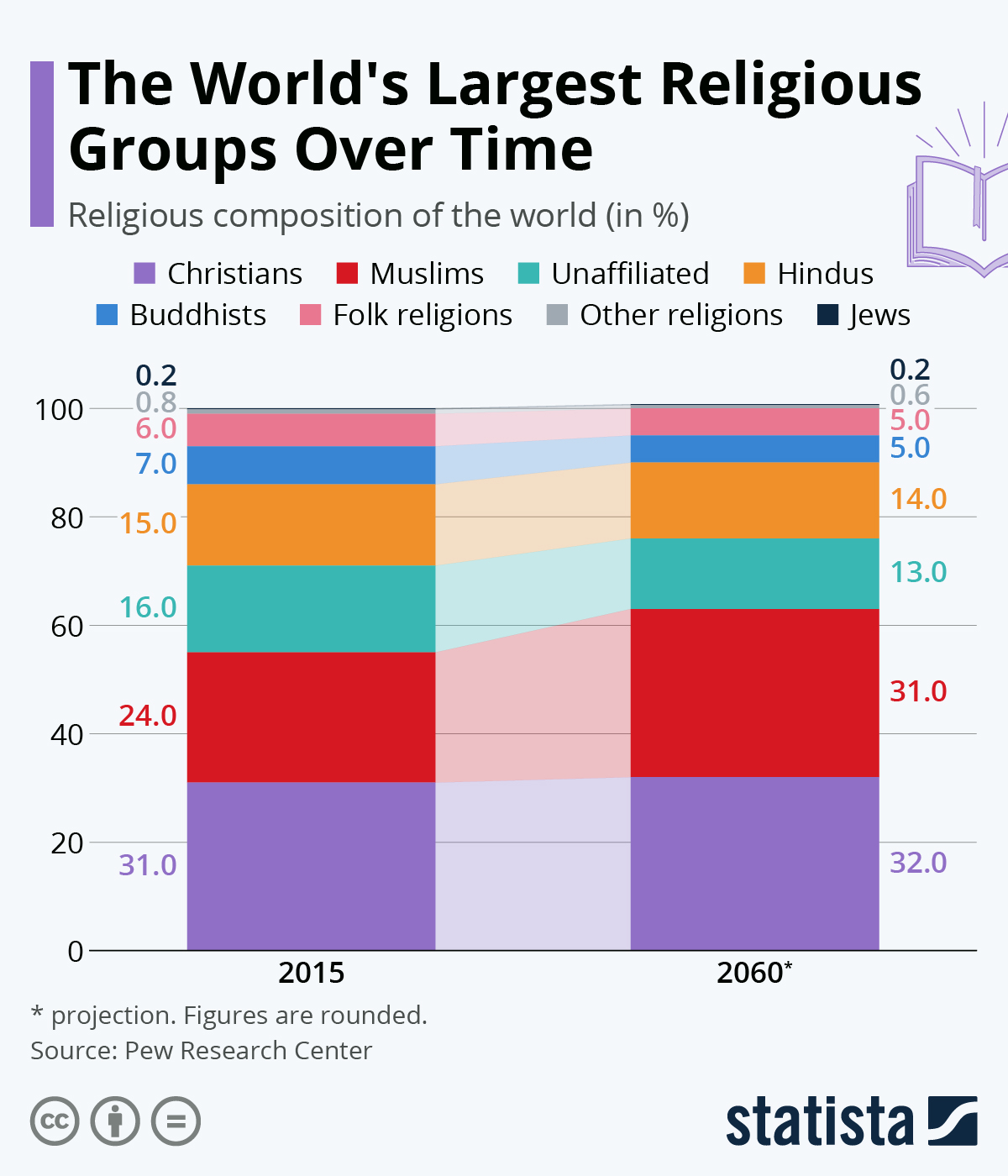A Global Tapestry of Faith: World Religious Holidays in 2025
Related Articles: A Global Tapestry of Faith: World Religious Holidays in 2025
Introduction
In this auspicious occasion, we are delighted to delve into the intriguing topic related to A Global Tapestry of Faith: World Religious Holidays in 2025. Let’s weave interesting information and offer fresh perspectives to the readers.
Table of Content
A Global Tapestry of Faith: World Religious Holidays in 2025

The year 2025 will witness a vibrant tapestry of religious observances across the globe, reflecting the diverse beliefs and traditions that shape humanity. From the ancient rituals of Hinduism to the joyous celebrations of Christianity, from the contemplative practices of Buddhism to the fervent observances of Islam, these holidays offer a window into the rich cultural and spiritual heritage of our world.
Understanding and appreciating these diverse expressions of faith fosters intercultural dialogue and promotes a deeper understanding of humanity’s shared values. While specific dates may vary slightly depending on regional calendars and interpretations, the following provides a comprehensive overview of major religious holidays in 2025.
January:
-
Makar Sankranti (Hinduism): This harvest festival, celebrated primarily in India and Nepal, marks the transition of the sun into the Makara (Capricorn) zodiac sign. It is observed with vibrant colors, kite flying, and offerings to the sun god.
-
Chinese New Year (Chinese Culture): This festive occasion, celebrated across East Asia, marks the beginning of a new lunar year. It is a time for family reunions, traditional feasts, and the exchange of red envelopes containing lucky money.
-
Pongal (Hinduism): This four-day harvest festival, celebrated mainly in Tamil Nadu, South India, signifies gratitude for the bountiful harvest and prosperity. It involves offering rice cooked in milk to the sun god.
February:
-
Holi (Hinduism): This vibrant festival of colors, celebrated across India and Nepal, marks the triumph of good over evil and the arrival of spring. People celebrate by throwing colored powder and water at each other, symbolizing the joy and renewal of life.
-
Lent (Christianity): This period of fasting and spiritual reflection, observed by many Christians, commemorates the 40 days Jesus spent in the wilderness before his crucifixion. It is a time for prayer, repentance, and charity.
March:
-
Nowruz (Persian Culture): This ancient festival, celebrated by many cultures in the Middle East and Central Asia, marks the beginning of spring and the new year. It is a time for renewal, family gatherings, and traditional feasts.
-
Ramadan (Islam): This holy month of fasting, observed by Muslims worldwide, commemorates the revelation of the Quran to Prophet Muhammad. It is a time for spiritual reflection, prayer, and acts of charity.
April:
-
Easter (Christianity): This central holiday in Christianity celebrates the resurrection of Jesus Christ from the dead. It is observed with church services, Easter egg hunts, and festive meals.
-
Passover (Judaism): This eight-day festival, celebrated by Jews worldwide, commemorates the exodus of the Israelites from Egypt. It is a time for family gatherings, the reading of the Haggadah, and the consumption of unleavened bread.
-
Vaisakhi (Sikhism): This harvest festival, celebrated by Sikhs worldwide, commemorates the founding of the Khalsa brotherhood by Guru Gobind Singh. It is observed with processions, prayers, and communal meals.
May:
- Buddha Purnima (Buddhism): This full moon day, celebrated by Buddhists worldwide, commemorates the birth, enlightenment, and death of Gautama Buddha. It is a time for meditation, reflection, and acts of compassion.
June:
-
Eid al-Fitr (Islam): This three-day festival, celebrated by Muslims worldwide, marks the end of Ramadan. It is a time for feasting, family gatherings, and giving gifts.
-
Shavuot (Judaism): This seven-week festival, celebrated by Jews worldwide, commemorates the giving of the Torah to the Israelites at Mount Sinai. It is a time for studying the Torah, attending special services, and enjoying dairy-based foods.
July:
- Guru Purnima (Hinduism): This full moon day, celebrated by Hindus, Buddhists, and Jains, honors the spiritual teachers and gurus who guide their followers on the path of enlightenment.
August:
-
Raksha Bandhan (Hinduism): This festival, celebrated primarily in India, symbolizes the bond between siblings. Sisters tie a sacred thread, called a rakhi, on their brothers’ wrists, signifying their love and protection.
-
Krishna Janmashtami (Hinduism): This festival, celebrated in India and Nepal, marks the birth of Lord Krishna, an avatar of Vishnu. It is observed with fasting, prayers, and the decoration of homes with Krishna’s images.
September:
-
Rosh Hashanah (Judaism): This two-day festival, celebrated by Jews worldwide, marks the beginning of the Jewish New Year. It is a time for reflection, repentance, and seeking forgiveness.
-
Yom Kippur (Judaism): This holiest day in Judaism, observed by Jews worldwide, is a day of fasting, prayer, and atonement. It is a time for reflecting on the past year and seeking forgiveness for sins.
October:
-
Diwali (Hinduism): This five-day festival of lights, celebrated by Hindus worldwide, commemorates the return of Lord Rama to Ayodhya after 14 years of exile. It is a time for lighting lamps, feasting, and exchanging gifts.
-
Halloween (Western Culture): This secular holiday, celebrated primarily in Western countries, is associated with costumes, trick-or-treating, and spooky decorations. It has roots in ancient Celtic traditions.
November:
-
Eid al-Adha (Islam): This four-day festival, celebrated by Muslims worldwide, commemorates the willingness of Prophet Abraham to sacrifice his son Ismail. It is a time for offering animal sacrifices, feasting, and remembering the importance of faith.
-
Thanksgiving (United States and Canada): This secular holiday, celebrated in the United States and Canada, is a time for giving thanks for the blessings of the past year. It is traditionally observed with family gatherings and feasts.
December:
-
Hanukkah (Judaism): This eight-day festival of lights, celebrated by Jews worldwide, commemorates the rededication of the Second Temple in Jerusalem. It is observed by lighting candles on a menorah, eating traditional foods, and playing games.
-
Christmas (Christianity): This major holiday in Christianity celebrates the birth of Jesus Christ. It is observed with church services, gift-giving, family gatherings, and festive decorations.
Beyond Dates and Rituals:
The significance of religious holidays extends beyond specific dates and rituals. They offer opportunities for:
-
Spiritual Reflection: These holidays provide a space for individuals to connect with their faith, reflect on their values, and seek spiritual guidance.
-
Community Building: Many religious holidays involve communal gatherings, fostering a sense of belonging and shared identity among followers.
-
Interfaith Dialogue: Observing and understanding different religious holidays can promote cross-cultural understanding and foster dialogue between people of diverse faiths.
-
Charity and Compassion: Many religious traditions emphasize acts of kindness and compassion during their holidays, inspiring individuals to give back to their communities.
FAQs about World Religious Holidays:
Q: Why are religious holidays important?
A: Religious holidays are vital for maintaining cultural and spiritual traditions, fostering community, and promoting reflection and personal growth. They offer a shared experience that strengthens bonds within communities and encourages acts of kindness and compassion.
Q: How can I learn more about different religious holidays?
A: Researching online resources, attending interfaith events, and engaging in conversations with people from diverse religious backgrounds can provide valuable insights into different holidays and their significance.
Q: Are all religious holidays celebrated globally?
A: While some holidays are observed globally, others are specific to certain regions or communities. Understanding the cultural context of each holiday is crucial for appreciating its significance.
Tips for Engaging with World Religious Holidays:
-
Respect and Understanding: Approach each holiday with respect and a willingness to learn about its cultural and religious significance.
-
Open Dialogue: Engage in open and respectful conversations with people from different faiths to gain a deeper understanding of their traditions.
-
Cultural Sensitivity: Be mindful of cultural practices and traditions associated with each holiday and avoid making assumptions or generalizations.
-
Support and Participation: Consider attending interfaith events, volunteering for charitable initiatives, or contributing to organizations that support religious communities.
Conclusion:
World religious holidays offer a unique opportunity to celebrate the diversity of human beliefs and traditions. Understanding and appreciating these diverse expressions of faith fosters intercultural dialogue, promotes a deeper understanding of humanity’s shared values, and inspires acts of kindness and compassion. By embracing the richness of these holidays, we can contribute to a more inclusive and harmonious world.






%2Fcdn.vox-cdn.com%2Fuploads%2Fchorus_asset%2Ffile%2F19436894%2Fmerlin_240433.jpg)

Closure
Thus, we hope this article has provided valuable insights into A Global Tapestry of Faith: World Religious Holidays in 2025. We thank you for taking the time to read this article. See you in our next article!